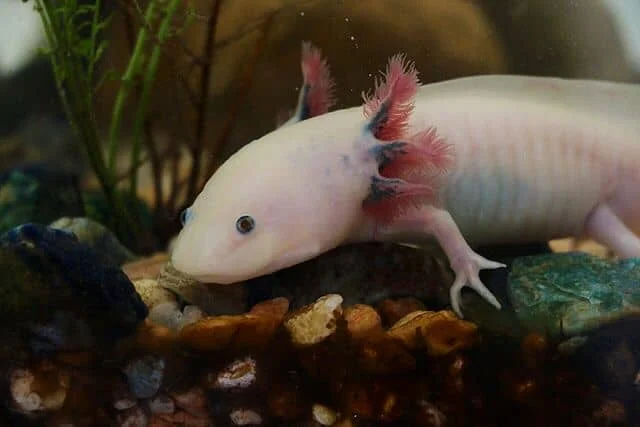UK.- A new algae-based treatment could reduce the need for amputation in people with critical limb ischaemia, according to new research we’ve funded, published today in the journal npj Regenerative Medicine.
Researchers at St Thomas’ Hospital and King’s College London have made small capsules from brown algae which hold macrophages, a type of white blood cell. Tests in mice have shown that these algae capsules may be able to increase blood flow in the limbs where tissue has been damaged. The researchers now hope to move this research into human clinical trials to help the people visiting hospital with critical limb ischaemia (CLI). It is estimated that there are up to 60,000 new cases of CLI per year in the UK.
Scientists have been experimenting with cells as a treatment to grow arteries in the leg for years, however, these treatments have not been effective in humans. A big challenge is that many of the cells injected into the injured area die, move away to surrounding areas, or are detected as ‘foreign’ by the immune system and rejected.
Harnessing natural properties of algae
In this study, surgeon Professor Bijan Modarai and his team of scientists delivered the new algae-based capsules containing macrophages to areas of injured muscle tissue in the back legs of mice. Alginate from the cell walls of brown algae, which is mainly found in cold waters in the Northern Hemisphere, was used to form the capsules. They found that these macrophages successfully remained in the injured area, new blood vessels formed, and as a result more blood reached the damaged area.
CLI is a serious condition which occurs when the arteries in the limbs become blocked as a result of a build-up of fatty deposits, reducing blood flow to the hands and feet. Smoking, diabetes, obesity and high blood pressure can all lead to CLI. If blood flow is not restored, up to 50% of people with CLI will either die or need amputation within one year.
Reducing the need for amputation
Stay Always Informed
Join our communities to instantly receive the most important news, reports, and analysis from the aquaculture industry.
Currently, to treat CLI and restore blood flow in the limbs, the blocked section of the artery has to be either bypassed during surgery or widened using a small piece of expandable mesh called a stent. However, in up to a third of patients, these methods will eventually fail or are not possible to begin with and amputation is the only option.
Professor Bijan Modarai therefore hopes that this new way of delivering cells could be the key to creating an effective treatment for people suffering with CLI.
Professor Metin Avkiran, Associate Medical Director at the British Heart Foundation which funded the research said:
“You might associate algae with your garden pond, but our researchers are proving these diverse organisms could hold the key to a new treatment for one of the leading causes of limb amputation – CLI.
“Losing a limb is an all too devastating reality for many patients with CLI. The condition is caused by blockages in arteries that supply blood to the legs and feet, and is triggered by the same process that blocks coronary arteries when someone has a heart attack.
“This research brings us a step closer to finding treatments for the thousands of people affected by this disabling condition in the UK.”
Reference (open):
Osamu Iida, Mitsuyoshi Takahara, Yoshimitsu Soga, Nobuyoshi Azuma, Shinsuke Nanto, De Masaaki Uematsu. Prognostic Impact of Revascularization in Poor-Risk Patients With Critical Limb Ischemia: The PRIORITY Registry (Poor-Risk Patients With and Without Revascularization Therapy for Critical Limb Ischemia). JACC: Cardiovascular Interventions, Volume 10, Issue 11, 12 June 2017, Pages 1147-1157. https://doi.org/10.1016/j.jcin.2017.03.012
Source: British Heart Foundation
Editor at the digital magazine AquaHoy. He holds a degree in Aquaculture Biology from the National University of Santa (UNS) and a Master’s degree in Science and Innovation Management from the Polytechnic University of Valencia, with postgraduate diplomas in Business Innovation and Innovation Management. He possesses extensive experience in the aquaculture and fisheries sector, having led the Fisheries Innovation Unit of the National Program for Innovation in Fisheries and Aquaculture (PNIPA). He has served as a senior consultant in technology watch, an innovation project formulator and advisor, and a lecturer at UNS. He is a member of the Peruvian College of Biologists and was recognized by the World Aquaculture Society (WAS) in 2016 for his contribution to aquaculture.




